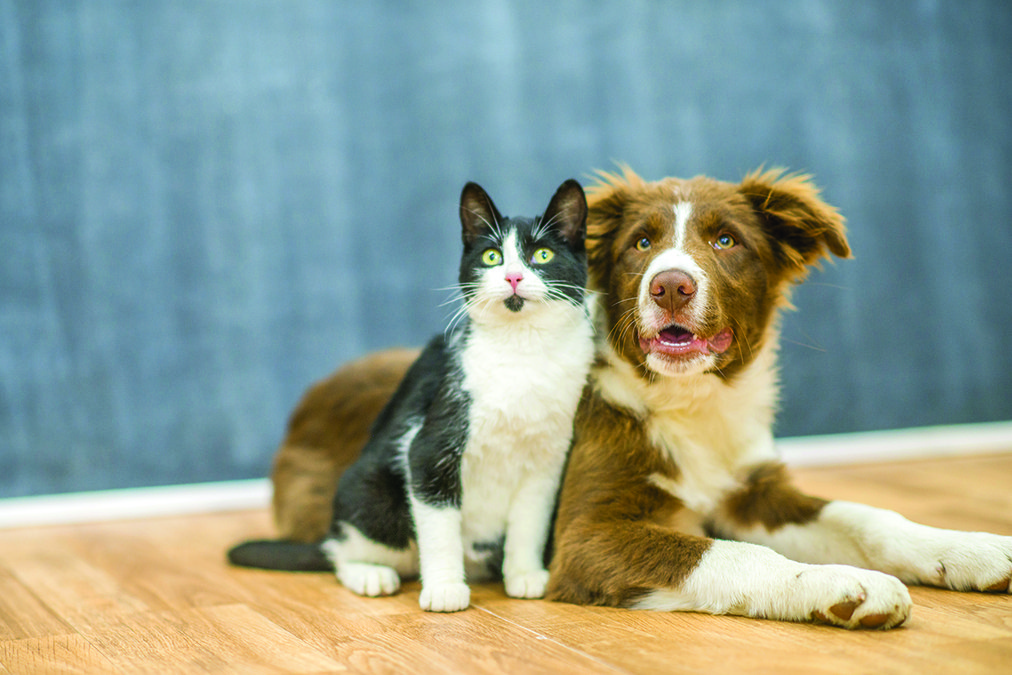Diabetes mellitus affects scores of families, including the four-legged members of the household. According to the Merck Veterinary Manual, diabetes is a common endocrine disease in dogs and cats, occurring in roughly one out of every 300 animals. Most cases of spontaneous diabetes happen in middle-aged to older dogs and cats.
Diabetes occurs when the body cannot use glucose normally. Glucose is the main source of energy (sugar) for the body’s cells, and the body requires insulin to transfer glucose from the bloodstream to the cells that need it. If there isn’t enough insulin or the body is unable to use insulin properly, glucose accumulates in high levels in the blood, reports the American Veterinary Medical Association.
PetMD says that there is not one single cause for diabetes in dogs and cats. For some, it is a genetic condition. Others may develop the disease due to an underlying medical condition or from being obese. Medications such as steroids also can induce diabetes in dogs and cats.
Testing for diabetes is not routine during veterinary exams. Pet owners often stumble on a diabetes diagnosis after noticing some key indicators that something is amiss with their pets, which include:
Excessive consumption of water and increased urination that may result in accidents in a normally house-trained pet;
Increased hunger;
Cloudy eyes, which occurs particularly in dogs;
Recurring or chronic infections that can include the skin or urinary tract;
Weight loss;
Apparent weakness.
Standard bloodwork and urinalysis will confirm a diabetes diagnosis. If pet owners learn their companion animals have diabetes, they must learn to accept this is a lifelong condition that must be managed properly; otherwise, untreated diabetes can lead to liver dysfunction, kidney failure and a life-threatening condition called ketoacidosis. Treatment with insulin is the standard course for pets with diabetes. Carefully timed and measured feedings to help control the balance of insulin and glucose also will be necessary.
Veterinarians can help design a diet to help with the management of diabetes. Insulin is generally injected twice per day, shortly after meals. It is very important to maintain proper insulin and feeding schedules and a proper appetite for the pet while on insulin therapy, says AVMA; otherwise, hypoglycemia (low blood sugar) can occur if the pet is not eating and absorbing enough sugar to balance the insulin injections. Vet-based and at-home monitoring of blood and urine glucose levels also is necessary.





